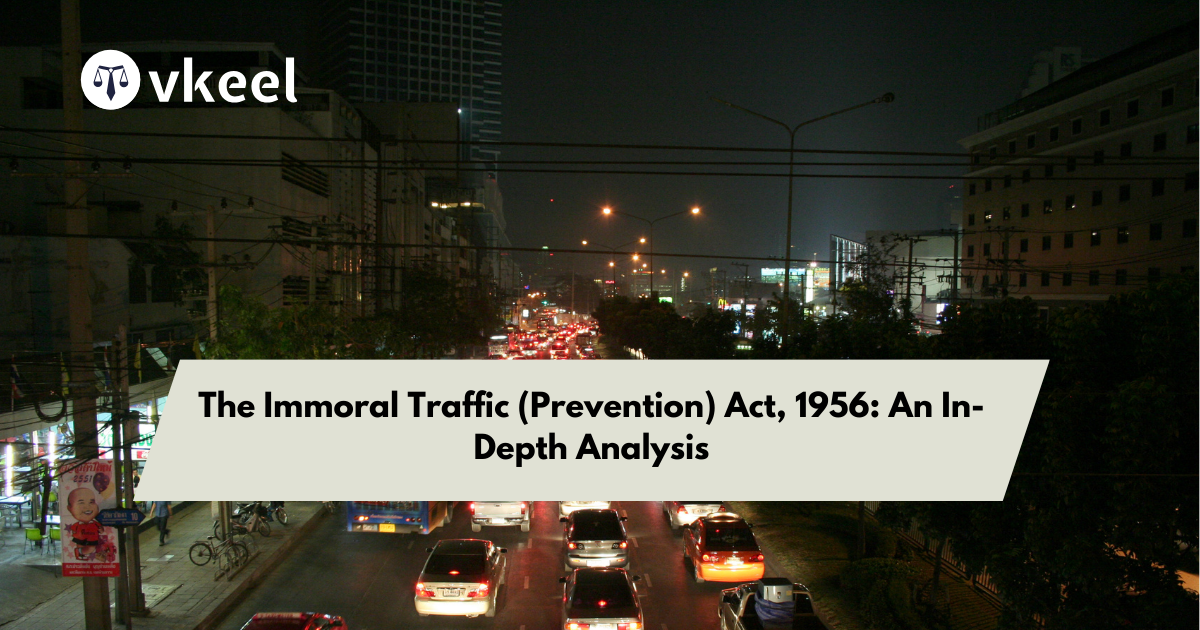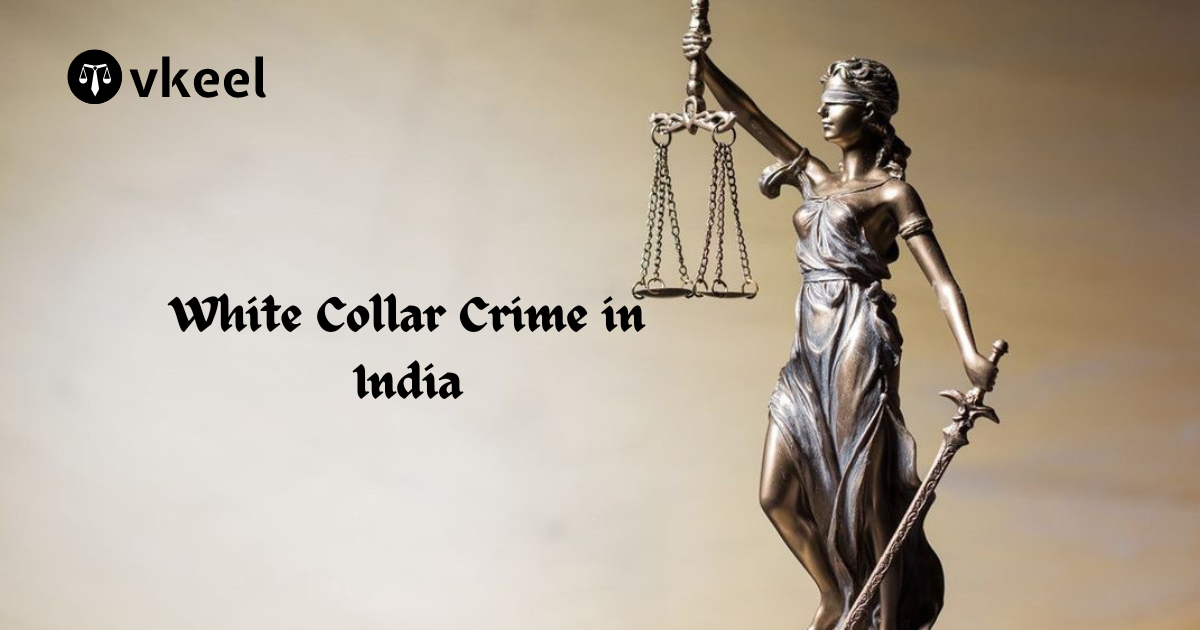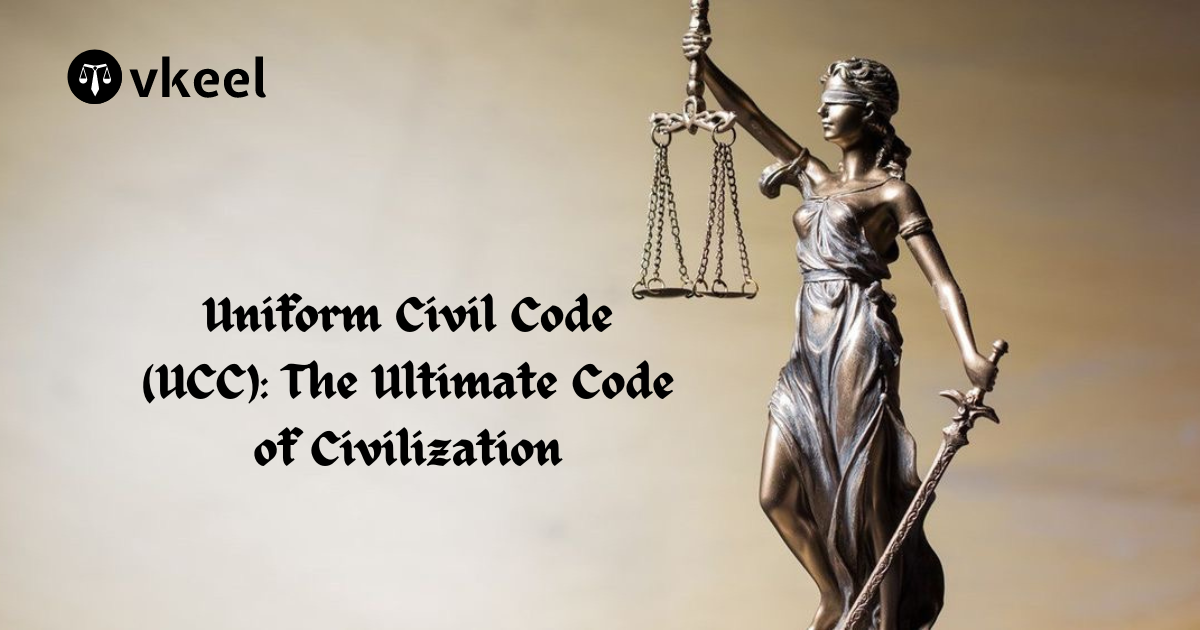The Immoral Traffic (Prevention) Act, 1956: An In-Depth Analysis
By Himanshu Kumar
Table of Contents
Introduction
The Immoral Traffic (Prevention) Act, 1956 (ITPA), is a landmark piece of legislation in India aimed at curbing human trafficking, particularly for the purposes of commercial sexual exploitation. The Act was initially passed as the Suppression of Immoral Traffic in Women and Girls Act (SITA) in 1956, following India’s ratification of the United Nations International Convention for the Suppression of Traffic in Persons and of the Exploitation of the Prostitution of Others. It was later amended and renamed the Immoral Traffic (Prevention) Act in 1986 to include men and children and to broaden its scope.
Historical Background
The roots of the ITPA can be traced back to international efforts to combat human trafficking, particularly for sexual exploitation. Post-independence, India recognized the urgent need to address this social evil and aligned its domestic laws with international standards. The initial legislation, SITA, was a response to the growing problem of trafficking in women and girls for prostitution. Over time, it became clear that the Act needed to be more inclusive and stringent to effectively combat trafficking in all its forms, leading to the comprehensive amendments in 1986.
Objective of the Act
The primary objective of the Immoral Traffic (Prevention) Act, 1956 (ITPA), is to prevent and combat human trafficking, particularly for the purposes of commercial sexual exploitation. The Act aims to protect individuals, especially women and children, from being trafficked into prostitution and to punish those involved in such exploitative practices. By establishing a legal framework for the prosecution of offenders and the protection and rehabilitation of victims, the ITPA seeks to address the multifaceted aspects of trafficking and ensure a humane and just approach to dealing with this social evil.
Additionally, the ITPA strives to create an environment that deters trafficking activities by criminalizing various forms of exploitation related to prostitution. This includes penalizing individuals who maintain brothels, live off the earnings of prostitution, procure persons for prostitution, and detain individuals in premises where prostitution is carried out. By implementing these measures, the Act aims to dismantle the infrastructure that supports trafficking and exploitation, thereby promoting social justice and safeguarding the dignity and rights of vulnerable individuals.
Key Features of the ITPA
The Immoral Traffic (Prevention) Act, 1956, provides a robust framework to tackle human trafficking and related offenses. Some of its salient features include:
- Definition and Scope: The ITPA defines “trafficking” and “prostitution” and covers trafficking for the purpose of prostitution, including both male and female victims and minor children.
- Penal Provisions: The Act criminalizes various activities associated with trafficking and prostitution, such as keeping a brothel, living on the earnings of prostitution, procuring, inducing, or taking a person for prostitution, and detaining a person in premises where prostitution is carried on.
- Special Courts: The ITPA provides for the establishment of special courts to expedite the trial of offenses under the Act, ensuring swift justice.
- Protective Measures: The Act includes provisions for the rescue and rehabilitation of victims of trafficking. It mandates the setting up of protective homes and corrective institutions for the care and rehabilitation of rescued individuals.
- Punishments: The ITPA prescribes severe punishments for those involved in trafficking and related offenses, including imprisonment, fines, and enhanced penalties for repeat offenders.
- Role of Law Enforcement: The Act empowers law enforcement agencies to conduct raids, rescue operations, and to arrest and prosecute offenders involved in trafficking and prostitution.
Significant Case Laws
Several landmark judgments have shaped the interpretation and enforcement of the ITPA. Here are some notable cases:
- Vishal Jeet v. Union of India (1990): In this case, the Supreme Court of India issued comprehensive guidelines for the prevention of child prostitution and trafficking. The Court directed the establishment of advisory committees and recommended measures to prevent trafficking, rescue victims, and provide them with rehabilitation.
- Gaurav Jain v. Union of India (1997): This case focused on the rehabilitation of prostitutes and their children. The Supreme Court directed the government to formulate a comprehensive plan for the social, economic, and educational rehabilitation of victims of commercial sexual exploitation.
- Prerana v. State of Maharashtra (2003): The Bombay High Court emphasized the need for a sensitive approach in dealing with victims of trafficking and prostitution. The Court issued guidelines to ensure the protection and rehabilitation of minor victims and stressed the importance of not treating victims as criminals.
- Bachpan Bachao Andolan v. Union of India (2011): The Supreme Court addressed the issue of child trafficking and labor. The judgment highlighted the need for coordinated efforts by various government agencies to combat trafficking and ensure the rehabilitation of rescued children.
Amendments to the ITPA
The Immoral Traffic (Prevention) Act, 1956, has been amended several times to address emerging challenges and to strengthen its provisions:
- 1986 Amendment: The most significant amendment to SITA was in 1986, when the Act was renamed the Immoral Traffic (Prevention) Act. This amendment broadened the scope of the law to include men and children and introduced stricter penalties for offenses related to trafficking and prostitution.
- 2013 Amendment: In the wake of the Nirbhaya case and growing concerns about sexual violence, the Criminal Law (Amendment) Act, 2013, brought changes to the ITPA. The amendments included harsher punishments for offenses involving trafficking of minor girls and introduced provisions for better protection and rehabilitation of victims.
- Proposed Amendments: Over the years, various committees and stakeholders have suggested further amendments to the ITPA to make it more effective. Proposed changes include redefining trafficking to cover all forms of exploitation, enhancing victim protection mechanisms, and improving coordination among law enforcement agencies.
Impact of the ITPA
The Immoral Traffic (Prevention) Act, 1956, has had a significant impact on addressing human trafficking and commercial sexual exploitation in India:
- Increased Awareness: The ITPA has raised awareness about the issue of human trafficking and the need for stringent measures to combat it. It has brought the issue to the forefront of public discourse and policy-making.
- Enhanced Law Enforcement: The Act has empowered law enforcement agencies to take proactive measures against traffickers and those involved in prostitution. It has led to increased raids, rescues, and prosecutions, although challenges remain in the effective implementation of the law.
- Protection and Rehabilitation: The ITPA has provisions for the rescue and rehabilitation of victims, contributing to the establishment of protective homes and rehabilitation centers. These measures have provided support to numerous victims, helping them reintegrate into society.
- Judicial Interventions: Judicial interventions and landmark judgments have played a crucial role in shaping the enforcement of the ITPA. Courts have issued guidelines for victim protection, rehabilitation, and the need for a sensitive approach in dealing with trafficking cases.
- Challenges and Criticisms: Despite its positive impact, the ITPA faces several challenges. There are criticisms regarding the criminalization of sex work, which some argue drives the practice underground and makes it harder to protect sex workers. Additionally, the implementation of the Act is often hampered by corruption, lack of resources, and inadequate training of law enforcement personnel.
Conclusion
The Immoral Traffic (Prevention) Act, 1956, is a critical piece of legislation in India’s fight against human trafficking and commercial sexual exploitation. Over the decades, the Act has been instrumental in raising awareness, empowering law enforcement, and providing protection and rehabilitation to victims. Significant case laws and judicial interventions have further strengthened its implementation and impact.
However, the challenges in effectively addressing trafficking and protecting victims highlight the need for continuous efforts to improve the law and its enforcement. Proposed amendments and a more nuanced approach to the issue of sex work could enhance the Act’s effectiveness and ensure better protection for victims. As India continues to evolve and address new challenges in combating human trafficking, the ITPA remains a cornerstone in the country’s legal framework, embodying the commitment to eradicating this heinous crime and promoting a more just and humane society.
Disclaimer:
The information provided in the article is for general informational purposes only, and is not intended to constitute legal advice or to be relied upon as a substitute for legal advice. Furthermore, any information contained in the article is not guaranteed to be current, complete or accurate. If you require legal advice or representation, you should contact an attorney or law firm directly. We are not responsible for any damages resulting from any reliance on the content of this website.










